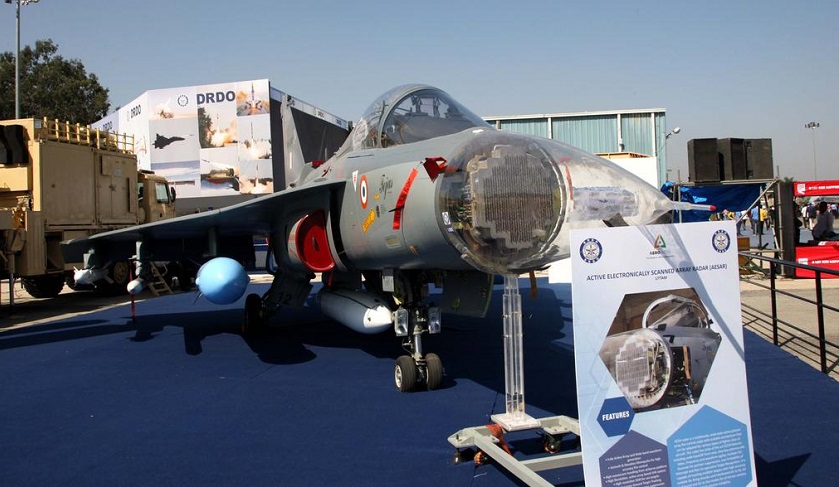
Uttam Radar’s Advanced Detection Capabilities
India’s domestically developed Uttam radar has achieved a significant milestone by successfully detecting and tracking the Tejas Mk-1 Light Combat Aircraft (LCA) at a distance of 140 kilometers. This accomplishment underscores the radar’s advanced capabilities and its potential to enhance the Indian Air Force’s (IAF) operational effectiveness.
Implications for Detecting F-16 and JF-17 Aircraft
The successful detection of the Tejas Mk-1, which has a Radar Cross Section (RCS) of just over 1 square meter, indicates the Uttam radar’s proficiency in identifying aircraft with minimal radar signatures. Given that the Pakistani F-16 and JF-17 aircraft possess larger RCS values, the Uttam radar is projected to detect these aircraft at even greater distances. Estimates suggest detection ranges of up to 180 kilometers for these platforms, thereby providing the IAF with a strategic advantage in potential aerial engagements.
Integration and Future Enhancements
The Uttam radar, developed by the Defence Research and Development Organisation (DRDO), is slated for integration into various IAF platforms, including the upcoming Tejas Mk-1A variant. This integration is anticipated to significantly bolster the aircraft’s situational awareness and targeting precision. Furthermore, ongoing advancements in radar technology, such as the development of Gallium Nitride (GaN)-based modules, promise to enhance detection ranges and overall performance, ensuring that the IAF maintains a technological edge in aerial combat scenarios.
In summary, the successful demonstration of the Uttam radar’s capabilities marks a pivotal advancement in India’s indigenous defense technology, reinforcing the nation’s commitment to self-reliance and operational excellence in defense systems.


















